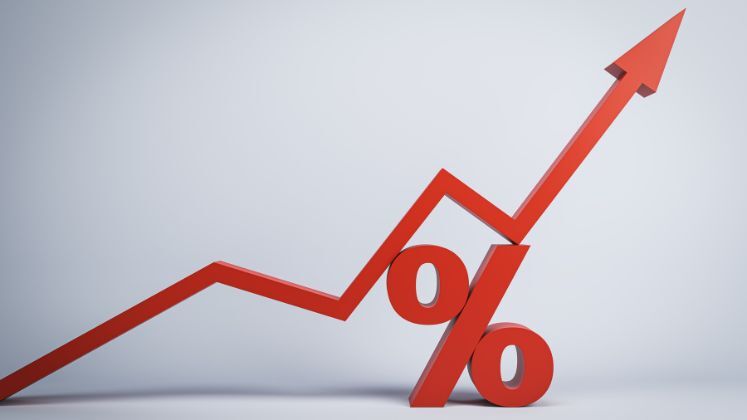In 2024, the United States imported approximately US $ 8.44 billion worth of goods from Bangladesh, generating around US $ 1.27 billion in duties, with an average duty rate of 15%. However, recent developments indicate that this duty rate could rise significantly following the implementation of a new countervailing duty.
The US government has added a 20% countervailing duty, which, when combined with existing tariffs, will raise the overall duty rate to 35% on Bangladeshi imports. The impact of this increase varies across different product categories, reflecting the diverse tariff landscape.
In the clothing sector, Bangladesh’s exports last year faced duties ranging from zero up to 32%. The average effective duty rate on clothing exports was 16.77%. With the new countervailing duty, this average will increase to 36.77%. Specific products will see notable increases; for example, sweaters made of man-made fibre, currently taxed at 32%, will face a combined rate of 52%. Similarly, cotton yarn sweaters will see their tariffs rise from 16.50% to 36.50%, while boys’ cotton fabric underpants will go from 6% to 26%. Some clothing items with minimal current tariffs, such as those taxed at 1%, will face increased rates up to 21%.
The footwear sector’s tariffs are also set to rise, with the average duty increasing from 8.5% to 28.5%. Tariffs across individual products in this sector range from zero to 55%. Hats and headgear, with an average tariff of 7.5% last year, will see rates climb to 27.5%, with individual tariffs spanning from zero to 10.5%.
Leather products, which had an average tariff of 12.20%, will also be affected, with rates rising to 32.20%. Leather handbags, specifically, will see tariffs jump from 9% to 31% following the new duties.
These tariff increases reflect the US’s ongoing efforts to adjust trade measures and protect domestic industries, impacting a broad range of Bangladeshi exports to the United States.







